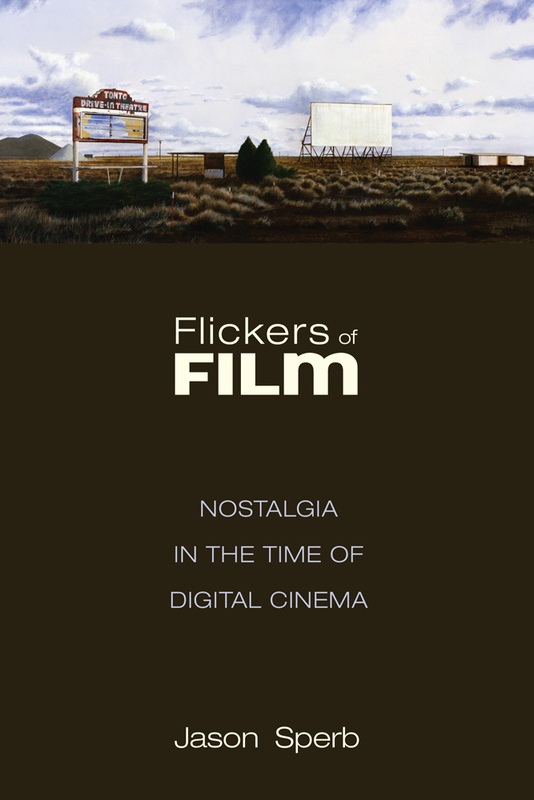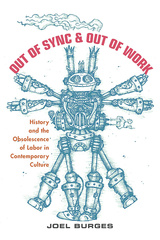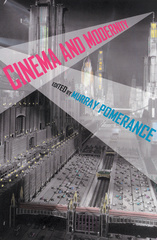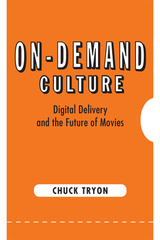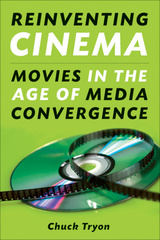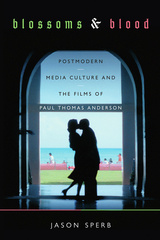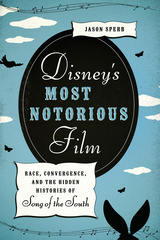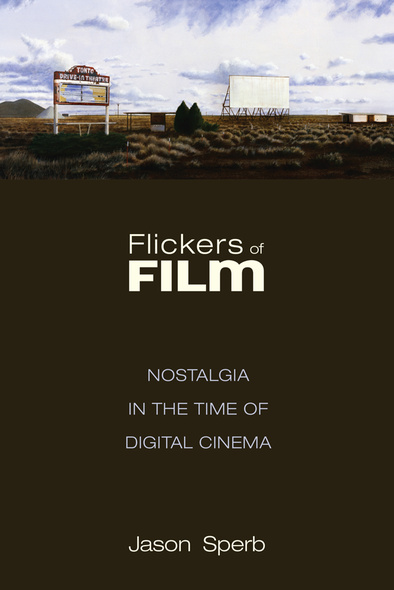
208 pages, 6 x 9
24 photographs
Paperback
Release Date:15 Dec 2015
ISBN:9780813576015
Hardcover
Release Date:15 Dec 2015
ISBN:9780813576022
Whether paying tribute to silent films in Hugo and The Artist or celebrating arcade games in Tron: Legacy and Wreck-It-Ralph, Hollywood suddenly seems to be experiencing a wave of intense nostalgia for outmoded technologies. To what extent is that a sincere lament for modes of artistic production that have nearly vanished in an all-digital era? And to what extent is it simply a cynical marketing ploy, built on the notion that nostalgia has always been one of Hollywood’s top-selling products?
In Flickers of Film, Jason Sperb offers nuanced and unexpected answers to these questions, examining the benefits of certain types of film nostalgia, while also critiquing how Hollywood’s nostalgic representations of old technologies obscure important aspects of their histories. He interprets this affection for the prehistory and infancy of digital technologies in relation to an industry-wide anxiety about how the digital has grown to dominate Hollywood, pushing it into an uncertain creative and economic future. Yet he also suggests that Hollywood’s nostalgia for old technologies ignores the professionals who once employed them, as well as the labor opportunities that have been lost through the computerization and outsourcing of film industry jobs.
Though it deals with nostalgia, Flickers of Film is strikingly cutting-edge, one of the first studies to critically examine Pixar’s role in the film industry, cinematic representations of videogames, and the economic effects of participatory culture. As he takes in everything from Terminator: Salvation to The Lego Movie, Sperb helps us see what’s distinct about this recent wave of self-aware nostalgic films—how Hollywood nostalgia today isn’t what it used to be.
In Flickers of Film, Jason Sperb offers nuanced and unexpected answers to these questions, examining the benefits of certain types of film nostalgia, while also critiquing how Hollywood’s nostalgic representations of old technologies obscure important aspects of their histories. He interprets this affection for the prehistory and infancy of digital technologies in relation to an industry-wide anxiety about how the digital has grown to dominate Hollywood, pushing it into an uncertain creative and economic future. Yet he also suggests that Hollywood’s nostalgia for old technologies ignores the professionals who once employed them, as well as the labor opportunities that have been lost through the computerization and outsourcing of film industry jobs.
Though it deals with nostalgia, Flickers of Film is strikingly cutting-edge, one of the first studies to critically examine Pixar’s role in the film industry, cinematic representations of videogames, and the economic effects of participatory culture. As he takes in everything from Terminator: Salvation to The Lego Movie, Sperb helps us see what’s distinct about this recent wave of self-aware nostalgic films—how Hollywood nostalgia today isn’t what it used to be.
This is work of the first rank, on the bleeding edge of film historicist and theoretical studies as it enters the digital era and leaves film behind. It operates at the highest level of discourse, sharp and sympathetic, and elegantly written.
At its best, Flickers of Film reads like a conversation between a cinephile and his equally passionate reader … Sperb's study reminds us of the need to understand film not just for its narrative possibilities but for its material composition and industrial influences. For Sperb, such attention is not additional trivia for appreciating the films but fundamental to our very analysis of how they work as cultural objects and social documents. The result is a productive update to Jameson's landmark work that shall prove generative to scholars examining digital cinema for years to come.
An eloquent critical examination of a range of nostalgia films, Flickers of Film offers a complex historical analysis that shows nostalgia to have a range of meanings and roles within popular culture.
Neither a lament for the death of film nor a rallying cry for the future of digital cinema, Flickers of Film examines nostalgia as it is often found in contemporary blockbusters ... This insightful, accessible title will be useful to those with a deep interest in film studies and media history.
[Flickers of Film] provokes questions and inspires the reader to keep thinking about the connections between past and present in the digital era.
JASON SPERB is a lecturer of film and media studies at Northwestern University in Evanston, Illinois. He is the author of Blossoms and Blood: Postmodern Media Culture and the Films of Paul Thomas Anderson and Disney’s Most Notorious Film: Race, Convergence, and the Hidden Histories of Disney’s “Song of the South.”
Preface
Acknowledgments
Introduction: Self-Theorizing Nostalgia
1 I’ll (Always) Be Back: Virtual Performances; or, The Cinematic Logic of Late Capitalism
2 They Saw No Future: New Nostalgia Movies and Digital Exhibition
3 Digital Decasia: Preserving Film, Database Histories, and the Potential Value of Reflective Nostalgia
4 Going Home . . . for the First Time: Pixar Studios, Digital Animation, and the Limits of Reflective Nostalgia
5 TRON Legacies: Disney and Nostalgia Blockbusters in the Age of Transmedia Storytelling
6 Game (Not) Over: Videogame Pastiche and Nostalgic Disavowals in the Post-Cinematic Era
Conclusion: On Clouds and Be Kind Rewind
Notes
Selected Bibliography
Index
Acknowledgments
Introduction: Self-Theorizing Nostalgia
1 I’ll (Always) Be Back: Virtual Performances; or, The Cinematic Logic of Late Capitalism
2 They Saw No Future: New Nostalgia Movies and Digital Exhibition
3 Digital Decasia: Preserving Film, Database Histories, and the Potential Value of Reflective Nostalgia
4 Going Home . . . for the First Time: Pixar Studios, Digital Animation, and the Limits of Reflective Nostalgia
5 TRON Legacies: Disney and Nostalgia Blockbusters in the Age of Transmedia Storytelling
6 Game (Not) Over: Videogame Pastiche and Nostalgic Disavowals in the Post-Cinematic Era
Conclusion: On Clouds and Be Kind Rewind
Notes
Selected Bibliography
Index

